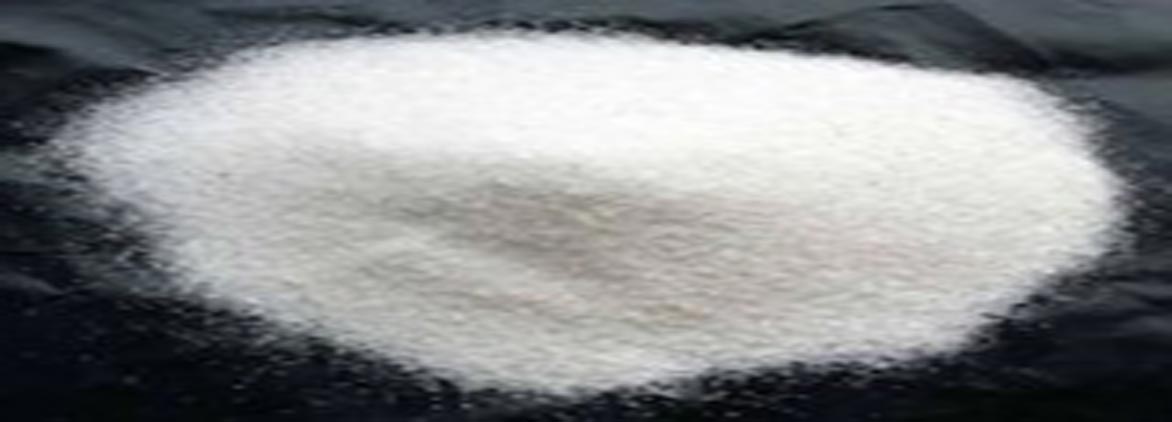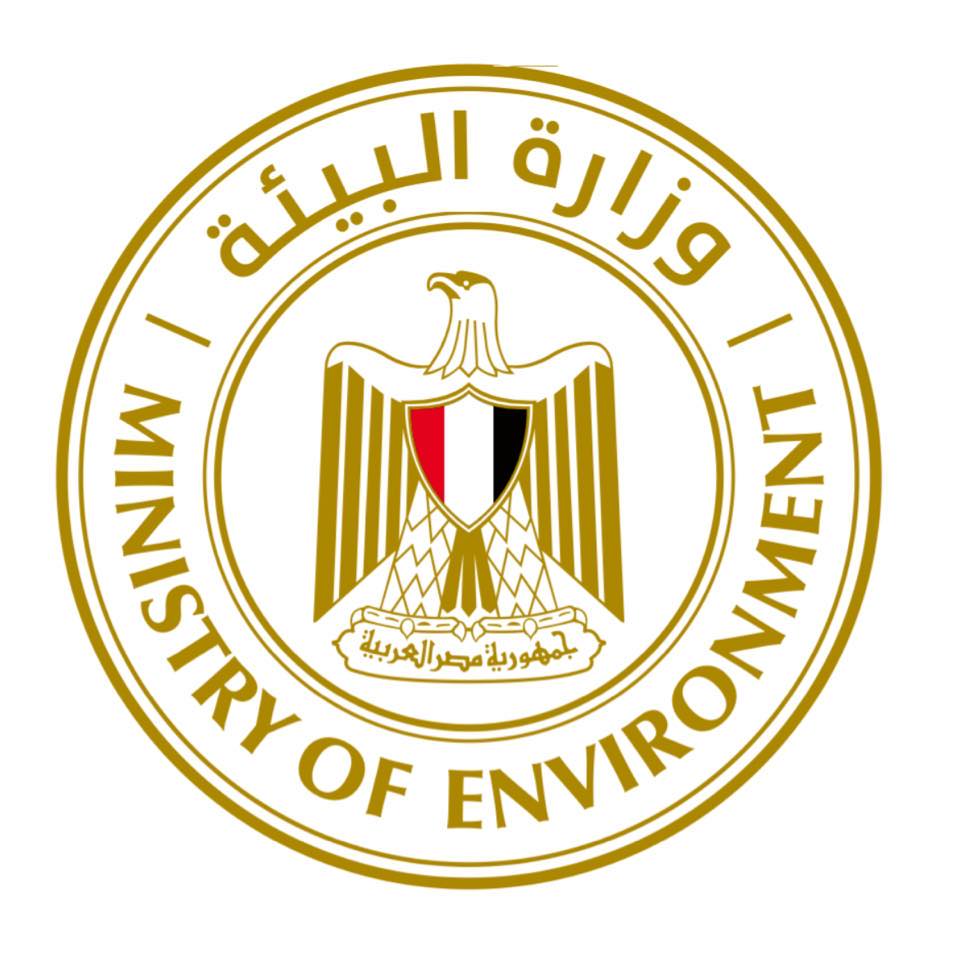FULL-FLEDGED PRE-FEASIBILITY ANALYSIS

Production of Amorphous Silica from Rice Straw
Market
| Targeted market |
|
| Project description | The project aims to produce amorphous silica by utilizing 150 ton/day of rice straw using wet process technology. The facility is recommended to be located close to the areas where collected rice straw is available in the Delta mainly in five governorates: Al- Dakahlia, Kafr El Sheikh, Al-Beheira, Al-Gharbia, and Al-Sharkia. |
| Competitive edge |
Valorization of an abundant unutilized raw material (rice straw) into a high value-added product. Decreasing the imported silica and saving foreign currency. Shift towards renewable and sustainable materials boosts the demand on green chemicals like amorphous silica from rice straw compared to alternative silica from natural resources. It is widely used in the manufacturing of green tires to improve fuel efficiency and reduce carbon emissions compared to alternatives. |
| Market features | The global market size of silica was valued at 468 Million tons in 2022. It is projected to reach 818 Million tons by 2031, expanding at a compound annual growth rate (CAGR) of 6.40% during the forecast period (2023–2021). |
Financial Features
| Amorphous Silica Plant | Amorphous Silica Plant with Power Plant | |
| Total annual amount of the products | Amorphous Silica = 6,686 tons Biochar = 3,343 kg Sodium Sulphate = 21,730 tons |
Amorphous Silica = 6,686 tons Biochar = 3,343 kg Sodium Sulphate = 21,730 tons Electricity generated = 43 GWh |
| Selling price (EGP/ton) |
Amorphous Silica = 107,000 Biochar = 5000 Sodium Sulphate = 20,000 |
Amorphous Silica = 107,000 Biochar = 5000 Sodium Sulphate = 20,000 kWh= 1.4 EGP |
| Land area required | For the manufacturing plant = 1,500 m2 Storage area for the rice straw = 25,200 m2 |
For the manufacturing plant = 1,500 m2 Storage area for the rice straw = 25,200 m2 Power plant = 2000 m2 |
| Investment | 538 Million EGP | 1.03 Billion EGP |
| IRR | 39% | 22% |
| Simple payback | 3.1 years | 4.1 years |
Process
| Required Input | Rice straw = 150 ton/day Sulfuric acid = 2 ton / 1 ton of amorphous silica Sodium hydroxide = 1.7 ton / 1 ton of amorphous silica Suitable site with good access to main roads for raw material and product transport. Availability of water and electricity. It is preferable to be in the industrial zone situated in one of the five governorates (Al- Dakahlia, Kafr El Sheikh, Al-Beheira, Al-Gharbia, and Al-Sharkia) that produce rice straw waste. |
| Process/Technology | Chemical extraction of silica from rice straw using (wet process) technology |
| Equipment | Washing tanks, leaching tanks, heat exchangers, dryer, grinder, incinerator, filters and neutralization tanks. |
| Human Resources | Technicians, machines operators, engineers, managers and drivers |
Risks and Mitigation Measures
| Risks and Mitigation Measures |
|
Impacts
| Environmental impact | Preventing open burning of rice straw which reduces toxic air pollution. Uncontrolled combustion of rice straw results in significant ecological threats, causing damage to the land and surrounding areas. |
| Social impact | Providing direct and indirect job opportunities, especially for youth in the Delta Region. Raising the standard of living for farmers by benefiting from selling rice straw waste. |
Location
| Location of Supply | Around 95% of the rice straw is available in the Delta mainly in Al- Dakahlia, Kafr El Sheikh, Al-Beheira, Al-Gharbia, and Al-Sharkia. Accordingly, the location of the production facility is recommended to be in one of the above-mentioned Governorates. |
Studies
| Serial | File name | Download |
